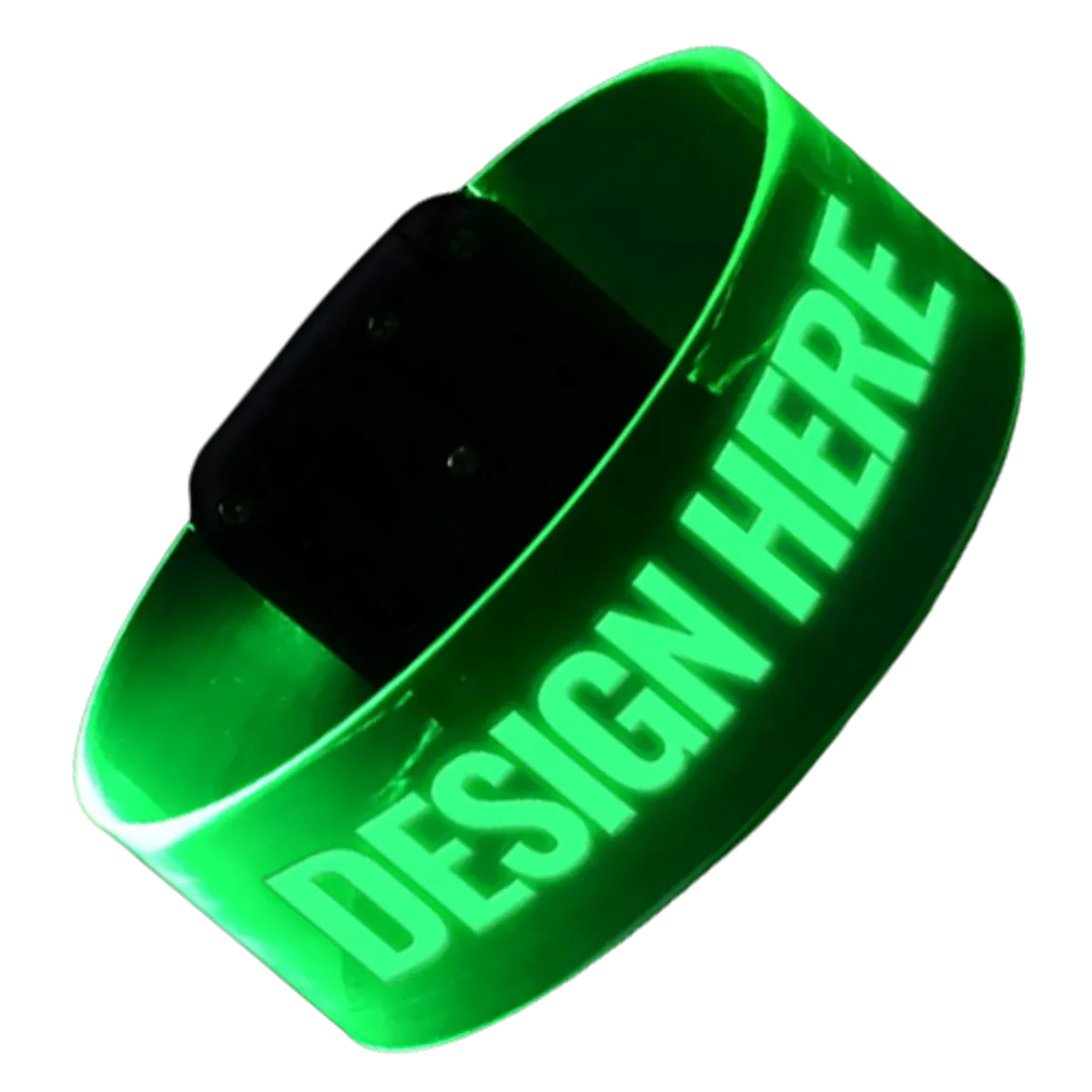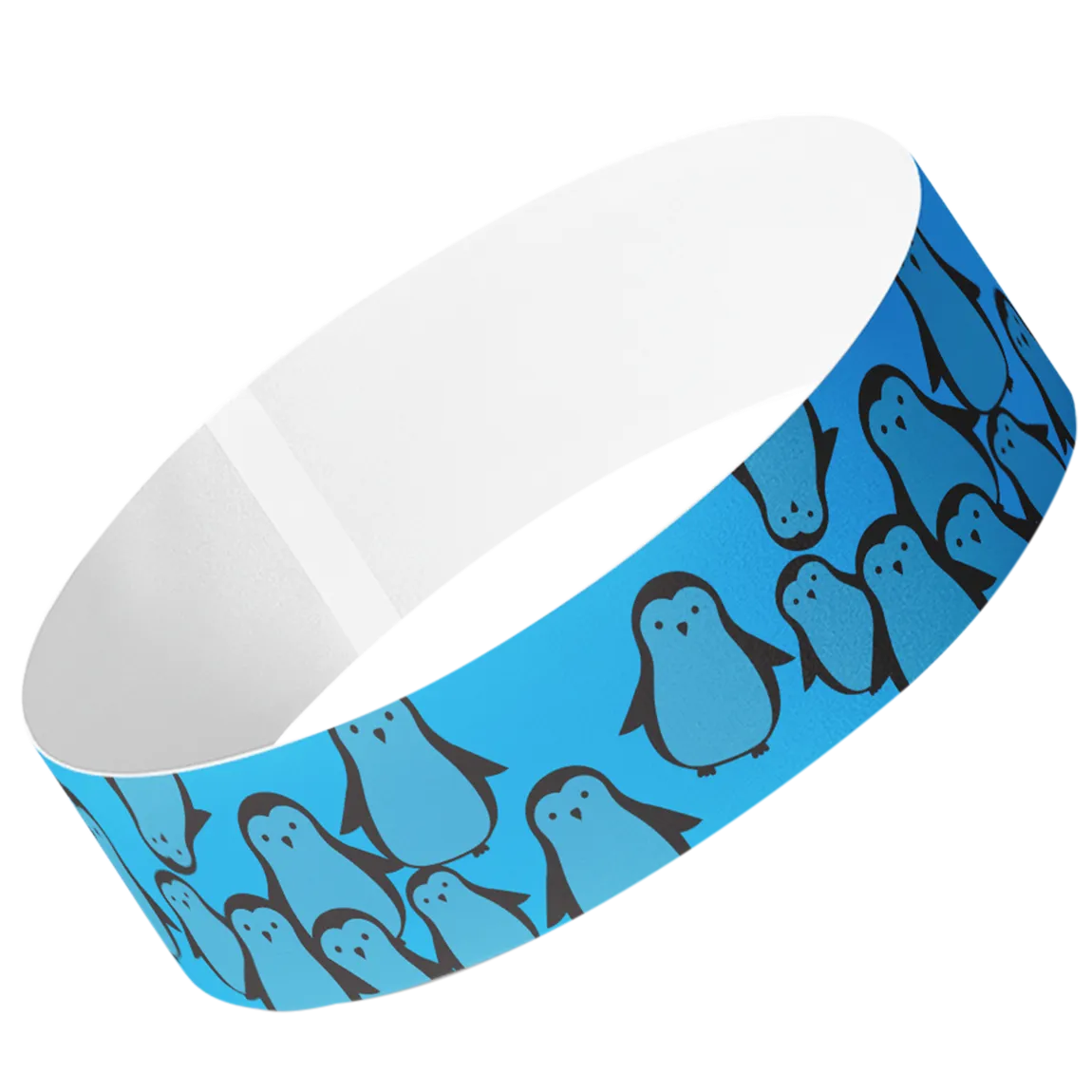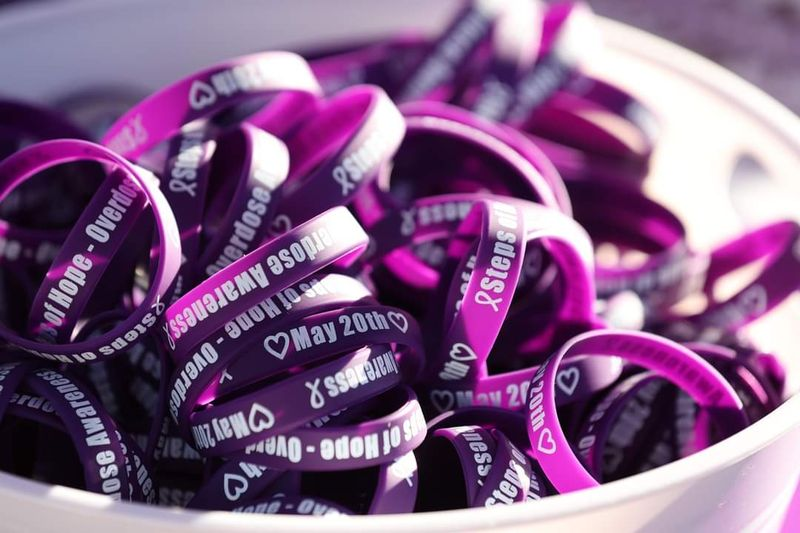From ancient ceremonial accessories to modern symbols of causes and identity, wristbands have evolved dramatically throughout human history.
Wristbands, seemingly simple accessories, have played diverse roles in human culture—as protective gear, status symbols, fashion statements, and powerful tools for communication and social change.
Wristbands represent a remarkable story of how a basic accessory has continuously reinvented itself while maintaining relevance across millennia.
Today's silicone awareness bands and electronic festival wristbands share a lineage with artifacts worn by our earliest ancestors, demonstrating the enduring human desire to adorn, protect, and communicate through items worn on the wrist.
Ancient Origins and Early Development
The concept of adorning the wrist dates back to prehistoric times. Archaeologists have discovered bracelets in Russia estimated to be over 40,000 years old, suggesting an ancient human fascination with wrist ornamentation. The earliest definitively dated bracelet, made of obsidian, was found in Turkey and dates to approximately 7,500 BC.
These primitive wristbands, forerunners to modern wristbands, were crafted from materials readily available to ancient peoples, including stones, wood, shells, and eventually metals as human technology advanced.
Ancient Egyptians wore bracelets as early as 4500 BCE, with both men and women using them as decorative items and indicators of wealth or status. While these early wristbands were often prized for their beauty and craftsmanship, many also held symbolic significance, such as providing spiritual protection or representing religious beliefs—particularly when adorned with motifs like the scarab.
Practical Applications Emerge
During the Middle Ages in Europe, wristbands and bracelets became accessories primarily associated with women, reflecting the growing gender-specific fashion trends of the time. While men wore jewelry as well, bracelets were less common among them.
This gendered distinction largely persisted until the 20th century, when men began wearing wrist accessories more frequently again—often in the form of simpler, singular wristbands or watches—while women continued to wear multiple, more elaborate bracelets as part of their adornment.
|
Fact: Bracelets used as indicators of wealth or status are one of the earliest known examples of jewelry serving a social function, reflecting the wearer’s rank or achievements within their community. |
The Modern Wristband Revolution
The contemporary era of wristbands began in the early 2000s, marked by significant developments in cause-related accessories and sports fashion.
In sports such as football (soccer), players traditionally wore wristbands for practical purposes like sweat absorption. Recently, some athletes have also embraced them as aesthetic or stylistic statements.
The Livestrong Phenomenon
The most transformative moment in modern wristband history occurred in 2004 with the introduction of the yellow Livestrong wristband.
Launched by the Lance Armstrong Foundation in partnership with Nike, this simple fashion accessory revolutionized how people viewed and used silicone bands. Costing merely 15 cents to produce and selling for just $1, the Livestrong bracelets became a global symbol for cancer awareness and support.
The success of the Livestrong Foundation campaign was unprecedented. The wristbands sold nearly 100 million units globally, demonstrating the massive appeal of an affordable accessory that allowed people to demonstrate their support for a cause visibly.
What made the silicone wristband so revolutionary was its perfect combination of attributes: elastic yet durable, resistant to high temperatures, comfortable to wear, and environmentally friendly.
Additionally, silicone bracelets proved ideal for mass production, making these wristbands highly cost-effective for fundraising and promotional purposes.
Diversification and Evolution of Modern Wristbands
Following the success of the Livestrong campaign, the market for custom silicone wristbands experienced exponential growth. Various organizations, charities, and businesses began to recognize the potential of these simple yet effective items as promotional tools and awareness raisers.
This period marked the transition of wristbands from primarily fashion accessories to powerful communication tools that could unite people globally around common causes.
Materials and Types
Modern wristbands encompass an impressive diversity of materials, designs, and purposes:
- • Silicone wristbands: Flexible, durable rubber bands that can be customized with colors, messages, and designs. Silicone wristbands became the standard for cause-related and promotional wristbands.
- • Fabric wristbands: Including both terry cloth sports wristbands and woven festival-style bands. Terry cloth varieties gained popularity in sports like tennis and basketball for their sweat-absorbing properties.
- • Tyvek and plastic wristbands: Primarily used for event access control at concerts, festivals, and venues.
- • LED bracelets: The newest evolution in event wristbands, incorporating technology to light up your events and parties.

Custom LED Magnetic Bracelets
Applications and Uses
The versatility of modern wristbands has led to a wide range of applications:
- • Cause awareness and fundraising: Countless organizations adopted silicone wristbands to promote awareness of various causes while raising funds. Different colors often represent specific causes, creating a visual language of awareness.
- • Sports and athletics: Beyond fashion, wristbands serve practical purposes in sports, absorbing sweat and providing wrist support. They also allow athletes to display team spirit or personal identity.
- • Events and access control: Wristbands have become essential for event management, controlling access and identifying participants.
- • Brand promotion: Major corporations have utilized silicone wristbands to advertise products with their company logo. Their cost-efficiency makes them attractive promotional items with higher retention rates than many traditional giveaways.
- • Fashion and self-expression: Wristbands continue to serve as fashion accessories that allow wearers to express personal style, affiliations, and values.

Penguin Tyvek® Wristbands
Cultural Impact and Symbolism
The cultural significance has evolved significantly throughout history. In contemporary society, wristbands are symbols of identity, values, and affiliations.
Cause Awareness
The most profound cultural impact of modern wristbands has been their role in raising awareness, either making a political or social statement.
The color-coding system that emerged following the success of the Livestrong movement created a visual language that allows people to recognize and support various causes at a glance.
Color |
Common Associated Causes |
Yellow |
Cancer support, military support |
Pink |
Breast cancer awareness |
Red |
HIV/AIDS awareness, heart disease |
Blue |
Colon cancer awareness |
Purple |
Alzheimer's awareness, domestic violence |
Green |
Environmental causes, mental health |
Orange |
Hunger awareness |
The power of these simple bands as symbols stems from their public visibility. They allow wearers to demonstrate their values and support while potentially inspiring conversations about important causes.
Sports Identity
In sports, wristbands often serve as extensions of team identity or personal branding. Famous athletes' adoption of wristbands influenced younger players, demonstrating how these simple accessories can become signature elements of an athlete's image.
This illustrates how wristbands can transcend their practical functions to become essential elements of sporting culture and personal branding.
Commercial and Practical Applications
Beyond their symbolic value, wristbands have proven extremely valuable for commercial and practical applications.
Promotional and Marketing Tool
Silicone wristbands offer unique advantages as promotional items. Their cost-efficiency for mass production—typically costing just cents—makes them attractive alternatives to traditional promotional products.
Fundraising Efficiency
For non-profit organizations, silicone wristbands represent particularly effective fundraising tools. Their substantial markup potential—selling wristbands for several times their production cost—combined with their tangible value to recipients creates an ideal fundraising product.
Event Management
The event industry has particularly benefited from wristbands' practical applications. From music festivals to conferences, wristbands serve as access credentials, allowing organizers to easily control entry and identify participants.
|
Tip: When using wristbands as promotional tools, customize colors, logos, and messages to align with your brand identity. This personalization increases their appeal and helps recipients feel a stronger connection to your cause or company. |
The Future of Wristbands
As we look toward the future, wristbands continue to evolve with technological advances and changing cultural needs.
Sustainability Considerations
Environmental consciousness is increasingly shaping wristband production. Silicone's reputation as an environmentally friendly material gives these wristbands an advantage in an eco-conscious marketplace, though manufacturers continue to explore even more sustainable materials and production methods.
Enduring Cultural Relevance
Despite technological advances, the simple silicone awareness band remains culturally relevant. With cancer diagnoses continuing to rise and countless other causes needing support and visibility, these accessible symbols of solidarity fulfill an enduring human need to demonstrate values and connections visibly.
Explore Wristband Evolution
The wristband is a remarkably adaptable fashion accessory that has repeatedly reinvented itself while maintaining its core functions of identification, protection, decoration, and communication.
Whether made from stone, cloth, silicone, or embedded with technology, wristbands fulfill fundamental human desires for identification, expression, and connection.
As we've seen, these small bands worn around the wrist have united millions behind causes, granted access to experiences, enhanced athletic performance for sporting events, and simply added style to everyday attire.
Are you looking to create custom wristbands for a cause, event, or promotion? Visit Wrist-Band today to explore our range of customizable options.
Join the thousands of organizations that have successfully used wristbands to raise awareness, funds, and spirits for their communities and causes.

/filters:quality(80)/fit-in/630x380/blog/image-1745221489.png)

